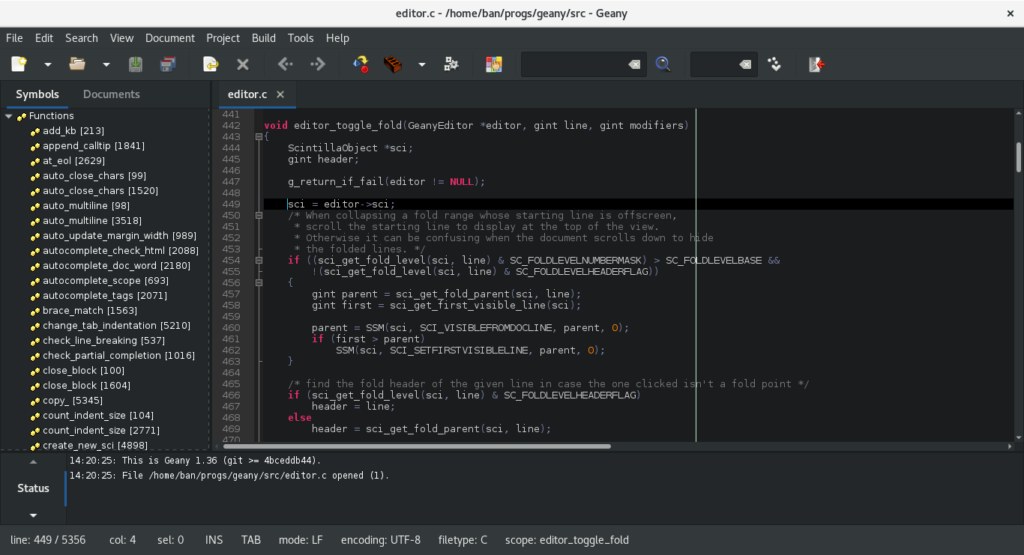
#JAVA PLAIN TEXT EDITOR CODE#
Build automation: A good IDE will allow you to write and run your Java code in the same window, increasing the productivity and efficiency of your program.This tool can help you find errors in your code and allows you to sift through your code at a quicker speed. Syntax highlighting: Built-in highlighting is crucial for readability and efficiency.Debugging: While debuggers vary among different IDEs, it’s important to have a tool to highlight potential errors and help you step through your code.No matter your experience level, there’s an ideal Java IDE for you. When deciding on a Java IDE, it’s important to first determine what you need out of it to ensure that it has the essential tools for your needs. Each IDE has different resources, but they all include a text editor, build tools, and a debugger. An IDE allows developers to work in a single environment and improve their programming workflow. These characters are an inheritance from the beginning of the computer development and have lost their original meaning today.An Integrated Development Environment (IDE) bundles all the tools you need to write, debug, and test your code. In the past, teletypes (such as normal typewriters - a combination of a keyboard and a printer) were used to send data directly into the processor of a computer. The character \n represents a line feed (used to roll the paper one line up), and the character \r represents a carriage return (used to move the print head to its initial position).
#JAVA PLAIN TEXT EDITOR WINDOWS#
For example, the value of the line separator is \n on Unix systems and \r\n on Windows systems. Hence the line separator string is defined by the system property parator which depends on your system. You should now find the source files of the API 1.2 in the directory jdk1.2/src.Įdit the file BufferedWriter.java, which is stored in the directory jdk1.2/src/java/io.Īt the beginning of the class body, the following string object is defined: private String lineSeparator ĭuring the execution of the constructor the object lineSeparator is initialized by Move to the directory jdk1.2 and unjar the file src.jar by executing the command: jar -xvf src.jar The source code for these classes is shipped with the JDK 1.2, and is installed automatically if you don't deactivate the corresponding checkbox during the installation process. Now we proceed with the discussion of two essential classes we'll use in our application. In the section Understanding EOLConverter, you'll find a detailed discussion of the statements and the execution flow performed in this application.

In the section Analyzing classes, you'll learn how the classes BufferedWriter and BufferedReader in the paackage java.io.* manage the line separator. txt, and that the files in the subdirectories of all levels in your current directory are converted, too. Please note that the application only converts files with the extensions.

Compile the source code by executing the command javac EOLConverter.javaĪnd start the application by invoking the Java interpreter through the command java EOLConverter The conversion of the line separator chosen on the system of the text's author to the line separator used on your system is achieved by the application EOLConverter.java.Ĭopy this file to the directory housing files you want to convert. To see this, just compare the colored regions in this frame to the corresponding regions in the last frame. Now the black squares have vanished into thin air and each line of text is printed on its own line. It introduces a conversion program called EOLConverter (EOL is an abbreviation for "end of line,") which enables you to get a frame that looks like this:

This Java Tip will help you understand and overcome problems with the representation of the line separator on different systems. When the chain of lines is getting too long, the output is continued in a new line of the frame. Here, the text lines are just lined up using a black square as line separator symbol. If you edit the file Applet.java, for example, you'll see a frame that looks like the following snapshot: After unpacking the sources of the Java API, the standard Windows editor shows unreadable text. With the upcoming release of JDK 1.2, many who look over the supplied source code will encounter a problem on Windows 95/Windows NT 4.0 systems. Many programmers spend hours analyzing the code written by excellent programmers to improve their own style and learn new programming tricks.


 0 kommentar(er)
0 kommentar(er)
